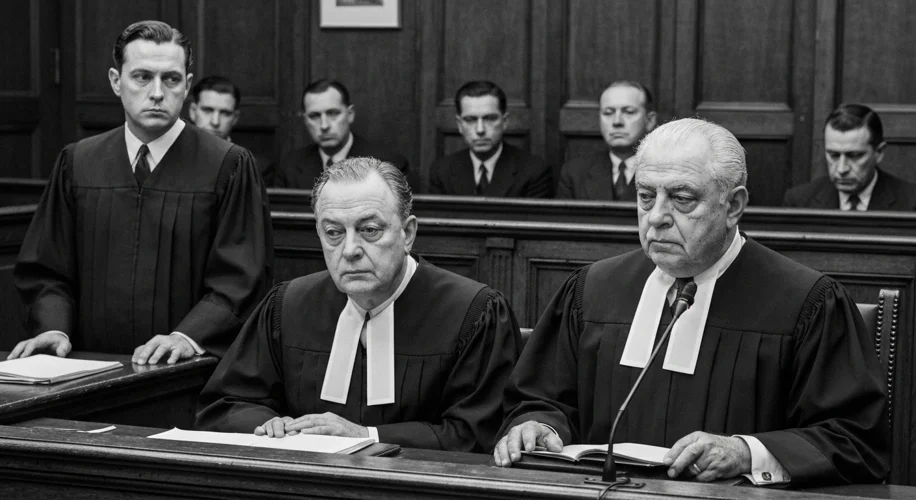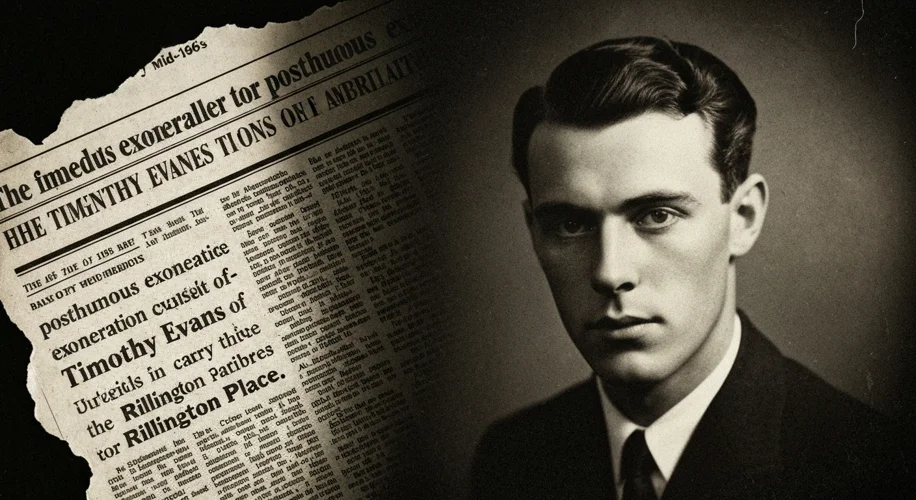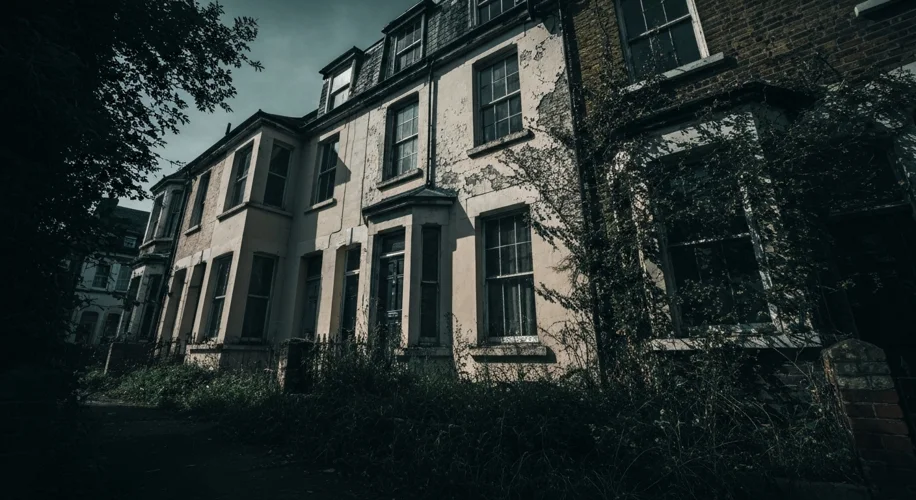In the shadowy annals of crime, some cases refuse to fade, their tendrils of doubt reaching across decades, challenging our very notions of justice. One such case, a grim tapestry woven with misidentification, flawed testimonies, and a haunting sense of incompletion, is that of the Rillington Place murders.
Our story begins in the grim post-war years of London, a city still reeling from the blitz, where life was a constant struggle against scarcity and the lingering shadows of conflict. Into this atmosphere of subdued desperation, a chilling series of murders began to unfold in a squalid lodging house at 10 Rillington Place.
From 1944 to 1953, at least three women, and likely more, met their end at the hands of a man named John Christie. Christie, a seemingly unassuming man with a penchant for a quiet life, was a predator hiding in plain sight. His methods were brutal and cunning, leaving the Metropolitan Police baffled and the public gripped by a fear that stalked the foggy streets.

The investigation, however, took a dark and convoluted turn with the arrest of Timothy Evans in 1949. Evans, a Welsh docker, lived in the infamous Rillington Place with his wife, Beryl, and their infant daughter, Geraldine. Christie, a seemingly friendly neighbor, had befriended Evans, and it was within this twisted dynamic that the tragedy began.
Evans was accused of murdering his wife and daughter. At his trial, a crucial witness emerged: John Christie himself. Christie provided testimony that implicated Evans, painting a picture of a desperate man driven to infanticide and matricide. Despite Evans’s desperate pleas of innocence, claiming Christie was the true killer, he was convicted and hanged in March 1950. The shadow of doubt, however, was already cast.
Tragically, the truth remained buried within the grimy walls of Rillington Place. Years later, in 1953, the skeletal remains of three women were discovered in the garden of Christie’s flat. This discovery, along with further investigation, confirmed that John Christie was indeed a serial killer, responsible for the deaths of multiple women, including Timothy Evans’s wife and daughter. The horrific realization dawned: an innocent man, Timothy Evans, had been hanged for crimes he did not commit, his fate sealed by the calculated lies of a far more sinister culprit.
The revelations sent shockwaves through Britain. The case became a potent symbol of miscarriage of justice, igniting public outrage and leading to a scathing inquiry into the conduct of the police and the justice system. The trial of John Christie, who was himself hanged in 1953, became a macabre footnote to the greater tragedy of Evans’s wrongful execution.

The Rillington Place murders, and the subsequent exoneration of Timothy Evans in 1966, serve as a stark reminder of the fallibility of the justice system. It highlights the devastating consequences of flawed evidence, the dangers of relying on the testimony of untrustworthy individuals, and the systemic failures that can lead to the ultimate injustice: the execution of an innocent person.
This case didn’t just expose the dark underbelly of a London lodging house; it forced a nation to confront uncomfortable truths about its legal processes. It led to significant reforms in police procedures and the handling of evidence, aiming to prevent such a catastrophic miscarriage of justice from ever happening again.

The story of John Christie and Timothy Evans remains a chilling echo from the past, a testament to the enduring quest for truth and the profound, sometimes tragic, complexities of justice.

